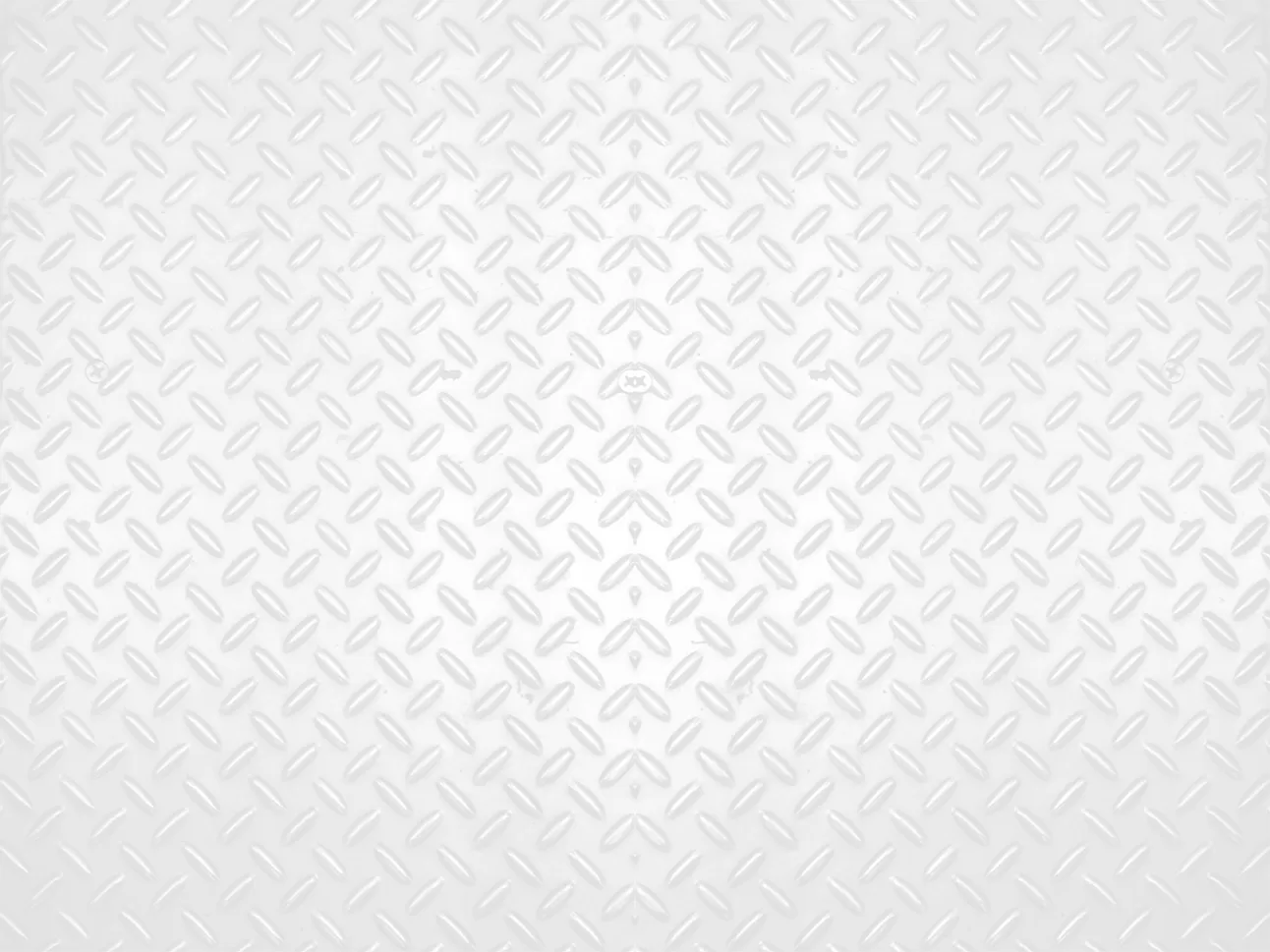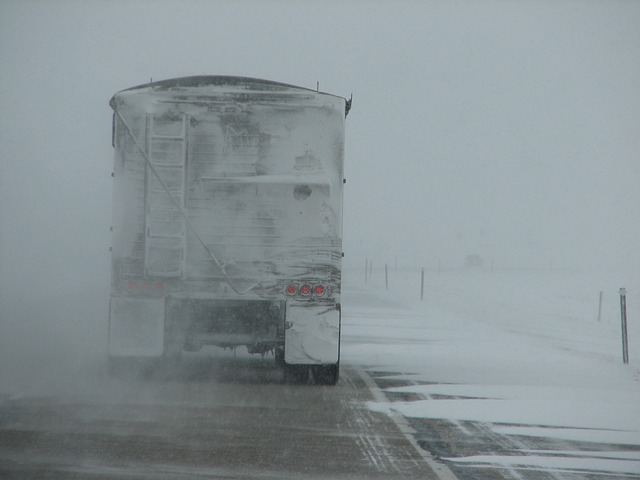Your Options for Fixing a Blown Head Gasket
Your car’s head gasket is a simple piece of metal coated in a rubber-like material, and yet head gasket failure is one of the single most crippling ailments an engine can face. We talk to customers every day about it. To understand why this is such a big deal, you need to understand the important role your head gasket plays in your engine’s health.

What Does a Head Gasket Do?
In the simplest terms, your engine can be separated into two major sections. The top of the engine, where valves control airflow in and out of the cylinders and fuel is introduced to the cylinder bank, is called the head. The bottom of the engine is much larger by volume, and is where the cylinders and pistons that convert fuel into forward motion live.
For proper engine function, there must be an airtight seal between these two sections. Your head gasket ensures that seal is maintained, but after years of wear and use, gaskets can dry out, crack and fail. When this happens, oil, coolant and fuel end up in the wrong places and the risk of overheating becomes extremely high.
Paying a mechanic to repair the gasket with a new part can be extremely expensive (and may not be worth it if budgets are tight or the car is not worth the cost of repair), but depending on the severity of the failure, there are some alternative options to consider.
As you can see, the first step if you believe your car is suffering from gasket failure is to evaluate the severity of the damage. If your car overheats in a very short time ( les than 15-20 minutes), you will most likely need to have a mechanic replace the factory gasket, which can cost up $1,500 to $3,000 (possibly more for some luxury brands.)
With such a high cost, you can see how a gasket failure can effectively total a car.
Repair Options
Not every case of head gasket failure is a guaranteed dent in your wallet, though. If your car can run safely for longer than 15 minutes without overheating, there are chemical repair products designed to seal the leak without the need to disassemble your engine. In fact, even those with hardly any mechanical knowledge can install the fix themselves.
Bar’s Leaks offers a line of do-it-yourself fixes designed to help victims of gasket failure avoid breaking the bank. Our Head Seal (HG-1), Head Gasket Fix (1111) and Head Gasket Repair (1100) products can all be installed at home and are designed to make your escape from head gasket problems as painless as possible.
Installing the Correct Bar’s Leaks Product
The strongest of our head gasket solutions is the HG-1 Head Seal Blown Head Gasket Repair formula, and it’s a commercial/pro-strength product. This is what recommend for cars that can run between 15 and 20 minutes without overheating. Tech-proven HG-1 Head Seal Blown Head Gasket Repair is formulated with carbon fiber that reinforces the seal once applied, and is safe to use with all types of coolant. Installation is done by pouring the liquid into your car’s coolant tank and then allowing the liquid to circulate by holding the car at a high idle for about 15 minutes. There is no need to drain the cooling system first.
Make sure you apply HG-1 Head Seal in a well-ventilated area. Performing installation in a closed garage not only exposes you to potentially harmful fumes, but can also put you at risk of carbon monoxide poisoning.
If your car can run without overheating for longer than 15 minutes, Bar’s Leaks Head Gasket Fix (1111) and Head Gasket Repair (1100) offer more affordable options.
If you’re seeing signs of a minor-to-moderate gasket leak, but can drive for a decent amount of time without overheating (around 20 minutes), consider Bar’s Leaks Head Gasket Fix (1111). Head Gasket Fix is incredibly easy to install — just ensure there’s room in your car’s coolant tank and pour it in. Things don’t get much simpler than that, and for this reason Head Gasket Fix is the bestselling head gasket product we’ve ever developed.
Those in the borderline area of just over 20 minutes should use Head Gasket Repair, which requires the removal of your car’s coolant to apply. Head Gasket Repair is reinforced, much like HG-1. However, it uses Aramid — a high-tech fiber similar to the Kevlar found in bulletproof vests — to form a stronger bond. It’s a very strong product, but installation is just a little more demanding (but still easy enough for most to do at home.)
Every car is different, and you’ve got to be smart about how you choose to repair yours if you suspect a blown head gasket. Technology hasn’t solved head gasket problems entirely just yet, but our line of Bar’s Leaks chemical sealants has gotten pretty close – so much so that they’re used by race clubs, off-road clubs, and even in military applications. If you’ve got a head gasket leak that needs fixing, we can help. Contact us if you have questions or would like some feedback on the problem you’re dealing with.




